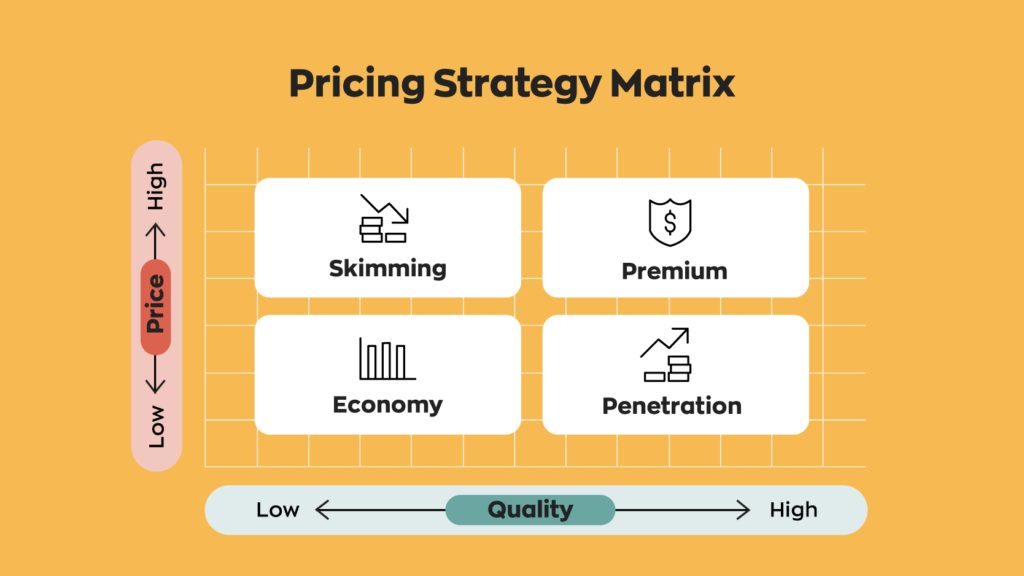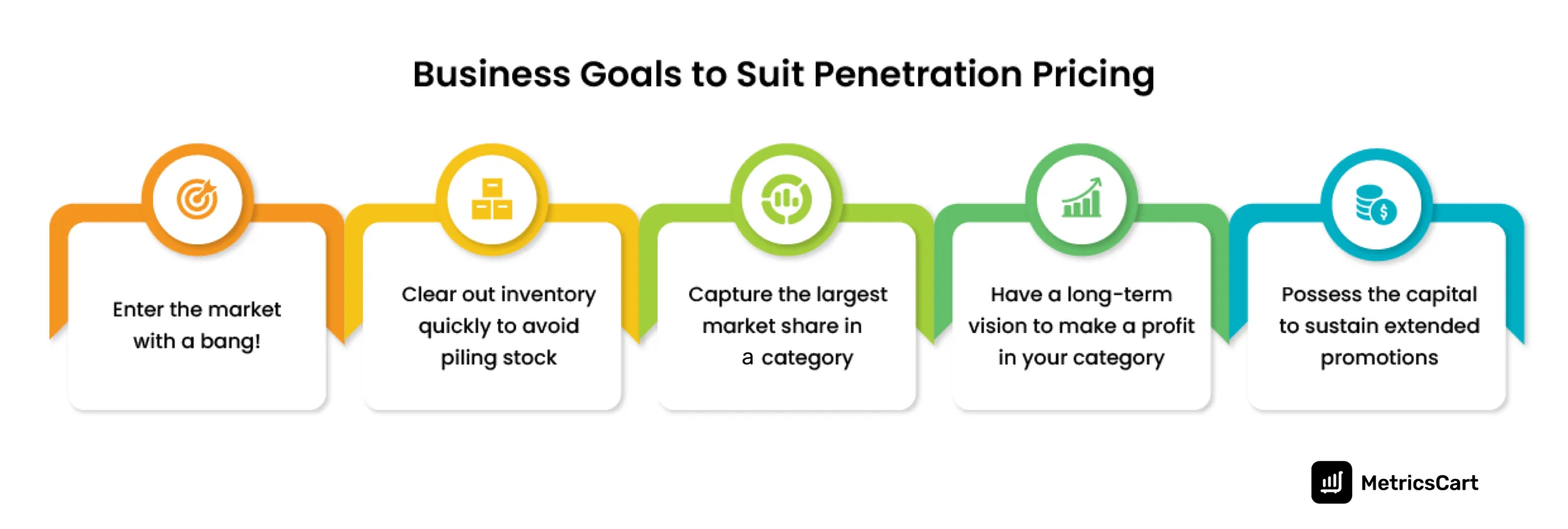Understanding Customer Behavior and Its Influence On Your Pricing Strategy
Understanding Customer Behavior and Its Influence On Your Pricing Strategy
Blog Article

Master Effective Prices Methods to Make Best Use Of Earnings
In the ever-evolving landscape of commerce, grasping efficient pricing strategies is important for businesses intending to make the most of profit. A nuanced understanding of pricing psychology can substantially influence consumer actions and investing in decisions. Employing value-based and vibrant rates models permits companies to adapt to market fluctuations and customer belief. The complexity of rival evaluation and ongoing efficiency analysis elevates crucial questions concerning the sustainability of these approaches. What details strategies can be applied to ensure long-lasting success and customer loyalty in this competitive setting?
Comprehending Pricing Psychology
Understanding prices psychology is important for businesses aiming to maximize their rates techniques. This area takes a look at how customers perceive costs and how these understandings influence their buying decisions. Key ideas in rates psychology consist of the anchoring result, where the initial rate presented functions as a referral point for consumers, and the principle of cost sensitivity, which differs among various consumer sections.
Furthermore, services can utilize the idea of viewed worth, where the viewed benefits of a product and services can warrant a higher rate factor. For instance, costs prices can develop a mood of exclusivity, drawing in consumers who connect higher costs with premium top quality. On the various other hand, mental rates, such as setting a rate at $9.99 as opposed to $10, can considerably impact consumer habits by making prices appear a lot more eye-catching.
In addition, shortage and necessity can improve the perceived worth of items, prompting quicker investing in decisions. Comprehending these emotional triggers makes it possible for services to create rates methods that not just drive sales yet also foster consumer commitment. Therefore, grasping rates psychology is essential for effective pricing method formula, resulting in enhanced productivity and market positioning.
Applying Value-Based Pricing

First, conduct comprehensive market research study to identify the worth vehicle drivers for your target audience. This can include functions, top quality, brand credibility, and consumer service. Next, segment your consumers based upon their willingness to pay and the value they view. By doing so, you can tailor offerings and prices methods to straighten with various segments.
Continuously keep an eye on market conditions and consumer feedback to refine your prices approach over time. By executing value-based rates, organizations can enhance success while promoting long-term customer loyalty.
Checking Out Dynamic Rates Versions
In today's rapidly changing market landscape, dynamic prices models have become a powerful method for businesses seeking to enhance income and reply to variations sought after. These versions permit firms to adjust their costs in real-time based upon numerous factors such as client actions, market patterns, and inventory degrees. By leveraging data analytics and algorithms, businesses can try this site identify ideal rates factors that make best use of sales while continuing to be competitive.
Dynamic pricing can take different types, including time-based prices, where rates change based upon time of day or period, and demand-based rates, which readjusts prices according to present consumer need. This flexibility not only boosts earnings but also improves consumer complete satisfaction by supplying costs that reflect real-time market problems.
Executing dynamic prices needs a robust technical facilities and a deep understanding of customer sections. Clear communication about rates changes can assist alleviate customer discontentment and foster trust fund, ultimately leading to continual success in an affordable market.
Studying Rival Pricing
Checking rival rates is necessary for organizations aiming to keep a competitive side in their respective markets. By analyzing rivals' rates techniques, business can identify market trends, comprehend customer preferences, and adjust their prices accordingly. This analysis entails gathering information on competitors' prices, promotional techniques, and item offerings to notify rates decisions.
To successfully assess rival rates, businesses ought to utilize numerous devices and techniques, such as cost tracking software application, marketing research records, and client feedback. This data can disclose exactly how competitors position their services and items, enabling organizations to separate their offerings or take on comparable methods to remain relevant.
Additionally, it is essential to classify rivals into indirect and direct competitors. Direct competitors supply additional resources comparable product and services, while indirect rivals might meet the very same customer need with various remedies. Recognizing the subtleties between these teams will enable services to tailor their prices strategies better.
Ultimately, continuous competitor prices analysis is important for making informed prices decisions. It allows services to remain dexterous in action to market changes, guaranteeing they can seize chances and reduce dangers related to pricing strategies.
Examining Rates Efficiency
Understanding how competitor prices influences market characteristics causes a natural concentrate on examining prices performance within one's own service. This examination is crucial for identifying locations of toughness and chances for enhancement, ultimately improving productivity.

Furthermore, performing normal rates audits can disclose inconsistencies in between anticipated and real efficiency. This entails contrasting prices data across different segments and networks Visit Website to understand variances and recognize patterns. In addition, integrating client feedback can supply insights right into regarded value versus actual rates, guaranteeing placement with market expectations.
Finally, leveraging information analytics devices can facilitate deeper insights right into pricing efficiency, enabling companies to make data-driven adjustments (Pricing Strategy). By continuously examining rates efficiency, companies can adapt to market adjustments and enhance their methods, guaranteeing continual profitability in a competitive landscape
Conclusion
By leveraging prices psychology, organizations can enhance perceived value and tailor pricing to diverse customer sectors. The fostering of dynamic and value-based pricing models facilitates real-time changes based on need and customer readiness to pay.
Understanding pricing psychology is essential for businesses aiming to optimize their prices methods. Recognizing these psychological triggers allows services to formulate pricing strategies that not just drive sales yet likewise foster consumer loyalty. Hence, mastering prices psychology is important for reliable rates method formula, leading to improved productivity and market positioning.
By analyzing competitors' rates approaches, business can recognize market trends, understand consumer preferences, and adjust their pricing as necessary. By leveraging rates psychology, businesses can boost perceived worth and tailor pricing to diverse consumer segments.
Report this page